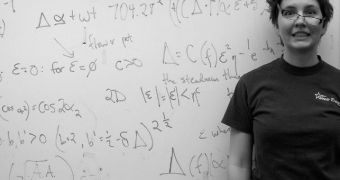According to the conclusions of a new scientific study, it would appear that learning mathematics truly changes the human brain, in a way that is clearly visible when using medical brain-imaging techniques.
Investigators say that as little as one year of math lessons can have a tremendous impact on the way children go about solving problems. Several areas of the brain are influenced by mathematical thinking.
The work, carried out by experts at the Stanford University School of Medicine, is part of a larger endeavor, meant to assist children who have problems with numbers to reach positive performances.
Stanford professor of psychiatry and behavioral sciences, neurology and neurological sciences Vinod Menon, PhD, is in charge of the overall effort, which also included the new investigation.
His ultimate goal is to understand how the brain of children form their abilities to solve problems by looking for logical solutions. Humans are not born with this ability, yet their minds somehow appear to be primed for developing such skills.
After putting children in the study through a year of math lessons, the expert and his team looked at the young ones' brains, and determined that the lessons that changed neural function by a statistically-significant margin.
The work was conducted on second- and third-graders, so the Stanford team also demonstrated that even a young mind can benefit from the organization and order to working with number brings.
“The surprise is that you would see significant changes within one year. In spite of many individual differences, a year of schooling does have, on the average, a major impact on brain function and skill,” explains Menon, the senior author of the new study.
“The brain regions haven’t changed – it’s the way they respond to simple and to complex arithmetic tasks that have changed. Doing this type of developmental research allows us to examine the neural basis of skill acquisition much more precisely,” he explains.
Details of the new study, which was funded by grants from the US National Institutes of Health (NIH) and the US National Science Foundation (NSF), appear in the May 18 issue of the esteemed medical journal Neuroimage.

 14 DAY TRIAL //
14 DAY TRIAL //